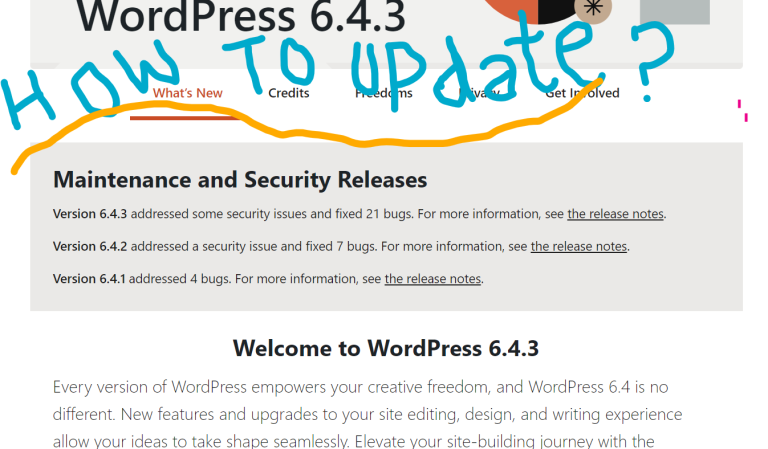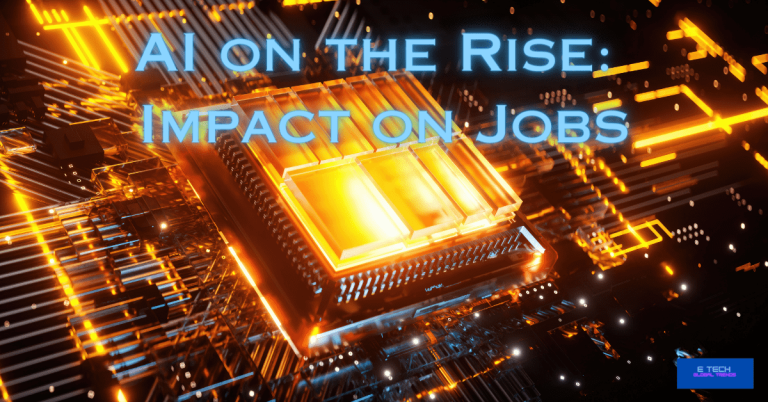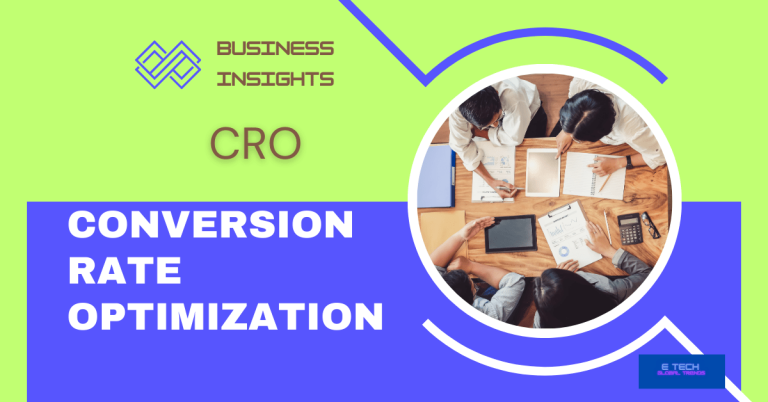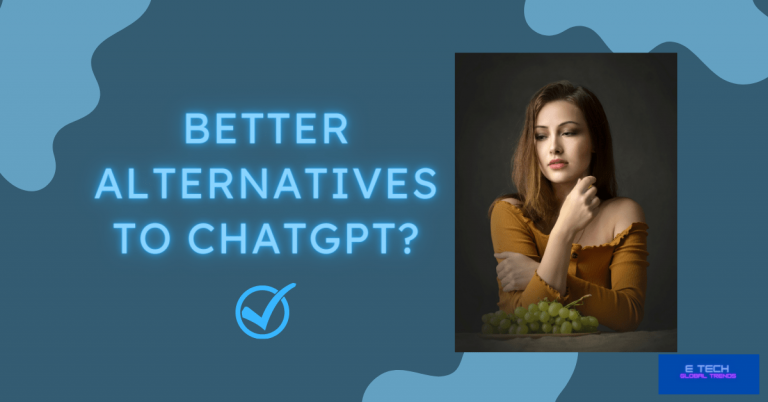Google Co Scientist
Google Introduces a “Co-Scientist” in AI Gemini 2.0-Powered to Quicken Biomedical Innovations.. This system is designed to let academics use natural language to generate new research ideas and strategies. Let’s check the insights of Google Co Scientist.
Researchers are able to express their goals in plain English thanks to the AI co-scientist. For instance, they may like to look into how a disease-causing microorganism spreads. The AI will make testable hypotheses, compile pertinent published material, and recommend possible experimental techniques based on the stated objective.
The goal of this application is to improve expert cooperation by supporting the gathering and improvement of research, not to automate the scientific method.
The AI co-scientist may grant early access to the Trusted Tester Program, enabling scientists to test and comment on the new system.
Google Research blog offers more thorough details on the responsibilities of the AI co-scientist.
Google recently unveiled Willow, a quantum breakthrough project that made headlines. The AI-powered “co-scientist” is based on Gemini 2.0. By creating new ideas, synthesizing extensive scientific material, and expediting research efforts, this state-of-the-art artificial intelligence platform is intended to support biomedical researchers.
A Revolution in Biomedical Research
Unveiled on Wednesday, Google’s AI co-scientist serves as a virtual colleague to help scientists analyze complex information and provide viable hypotheses. This AI system offers a complex reasoning model that might significantly accelerate scientific discoveries. It was developed and tested in collaboration with Stanford University & Imperial College London.
Google’s AI co-scientist is a design th produce unique scientific knowledge, in contrast to conventional AI research tools that concentrate on summarization & literature reviews. In a blog post, Google researchers noted that the approach is there to push the limits of scientific discovery by proposing novel and testable ideas in addition to reviewing existing studies.
How does co scientist work?
By interacting with the AI co-scientist via a chatbot-like interface, scientists may modify study directions and outcomes. Just give the AI an objective, like examining the expansion of a particular disease-causing bacteria, and the AI will come up with a thorough hypothesis, a description of the literature, and possible experimental strategies.
Early research on liver fibrosis revealed encouraging outcomes from the AI-generated hypotheses, which even improved on answers created by human specialists. Google stated that although more verification is required, the technology shows promise in greatly enhancing scientific research.
Collaboration Rather Than Automation
Google highlights that the AI co-scientist is intended to supplement human knowledge rather than replace researchers, despite its sophisticated skills. It’s not intended to replace the scientific process, but we’re interested to check how scientists will utilize this technology to improve their work,” Google said.
Imperial College London professor José Penadés, who participated in the AI’s testing, emphasized its effectiveness. The same scientific problems that we had previously investigated were given to the AI. Surprisingly, it reached the identical conclusions in just a portion of the time that it took us several years to formulate,” he remarked.
What are the insights of Google’s Co Scientist?
Google’s AI Co-Scientist is a revolutionary development in AI-assisted scientific research, designed to complement human knowledge rather than replace it. The following are the main takeaways from various sources on its;
- Architecture,
- Influence, and
- Capabilities:
1.0 Objective and Fundamental Features
A multi-agent system based on Gemini 2.0, AI-powered Co-Scientist is designed to provide new hypotheses, research ideas, and experimental procedures in order to speed up scientific discovery. The “breadth & depth conundrum” in contemporary science is discussed, as researchers find it difficult to integrate cross-disciplinary discoveries while keeping up with the rapidly expanding body of literature.
Scientists can express Research goals in natural language, such as “Understand antimicrobial resistance mechanisms, and they can also offer comments or seed ideas. What we can expect here is testable theories, reviews of the literature, and goal-specific experimental strategies
2.0 Architecture with Multiple Agents
The system uses specialized agents to simulate the scientific method, but how? Consider these points.
Generation:- Using discussion simulations, the first hypotheses are put forth.
Reflection:- Evaluates originality and plausibility as a peer reviewer.
Ranking:- Prioritizes hypotheses using an Elo-based tournament.
Evolution:- Iteratively improves the best concepts.
Organizes similar ideas and synthesizes input using proximity and meta-review. These activities are coordinated by a Supervisor agent, which allocates computing resources dynamically for iterative improvement.
3.0 Key Strategic Innovations
Test-Time Compute Scaling:- By allocating additional processing capacity during assessment, the system enhances results and permits more in-depth reasoning.
Recursive Self-Critique:- Similar to human peer review, hypotheses are continuously improving through discussions and rating competitions.
Transdisciplinary synthesis is the process of integrating information from several fields (like microbiology and genetics) to provide original answers.
4.0 Validation in Real Life
Biomedical research has shown the AI Co-Scientist to be successful.
- Drug Repurposing:- Research has shown that certain medications, such as those for acute myeloid leukemia, can stop tumor development in laboratory experiments.
- Proposed epigenetic targets for liver fibrosis that have anti-fibrotic actions in human organoids.
The problem of AMR-antimicrobial resistance was resolved in just 2 days, confirming theories that took years to establish by human researchers.
5.0 Practical and Ethical Aspects to Consider.
The expectation is not to replace scientists. Collaborative, Not Autonomous:- crafted with a “scientist-in-the-loop” mentality to support scientists rather than replace them.
Constraints:- Difficulties include protecting data privacy, avoiding abuse (such as unethical study questions), and enhancing fact-checking systems.
Early Adoption:- At the moment, a few universities (including Stanford and Imperial College London) provide a Trusted Tester Program.
Future Prospects for Accelerated Timelines: This might cut years of study down to days, especially in urgent fields like;
- AMR,
- Alzheimer’s, and
- cancer.
Scalability:- Subject to additional improvement, adaptable to a variety of sectors beyond biomedicine
Last thoughts for Google’s Co scientist- this is actually in developing mode. Even if it may work. There can be more advanced techniques in the future.
In conclusion
An inventive tool for researchers, the AI co-scientist is made to assist their scientific investigations. and maintaining the crucial human component of scientific inquiry.
Google’s AI Co-Scientist is a prime example of how AI may enhance human creativity by expediting the process of generating and validating hypotheses. Its effectiveness rests on striking a balance between creativity and moral principles, making sure it stays a cooperative instrument rather than a decision-making machine. Early findings point to a revolutionary effect on scientific productivity, but wider adoption will require resolving issues with scalability and trust.
Read more on related topics here. Google’s Willow, Google’s NotebookLM







